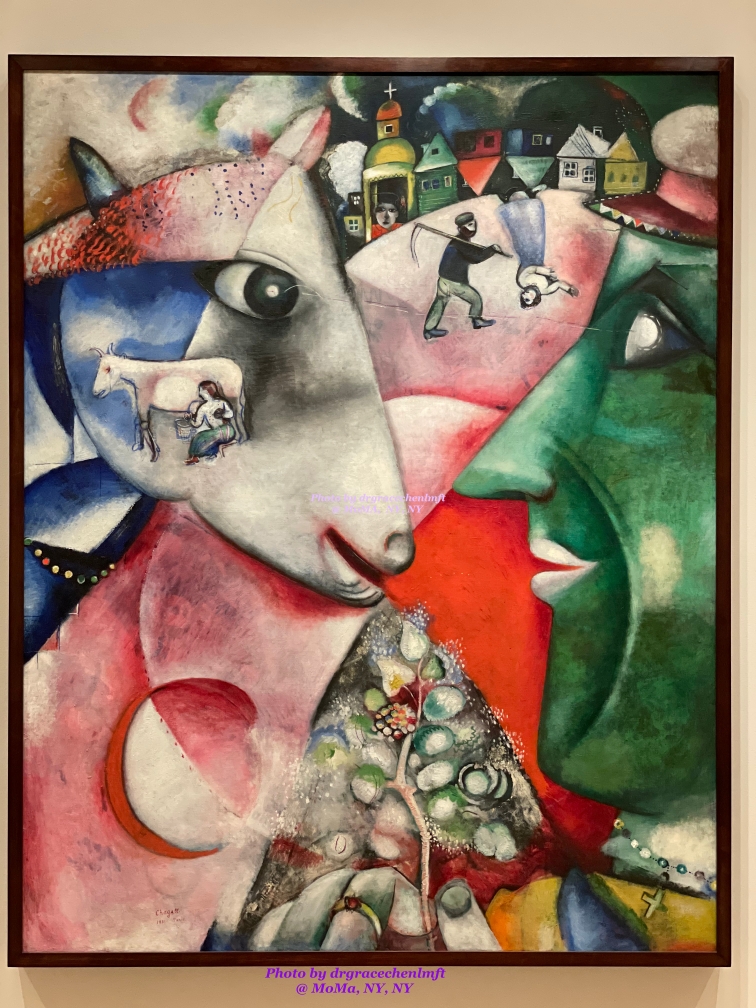
As I began to explore the origins of Polyvagal Theory, I found my initial focus on the ‘hierarchy of the autonomic nervous system’ evolving into a much broader understanding. It was fascinating to see how this theory developed and why it matters. It’s like going on a journey to figure out how our body’s automatic control system—the ANS—operates, especially concerning our feelings of safety and social connection. This wasn’t a random new idea; it grew from challenging and refining previous scientific thoughts.
For the longest time, the medical field viewed the ANS as having two opposing parts: the sympathetic system, which is the “gas pedal” for action and stress, and the parasympathetic system, which serves as the “brake” for rest and calm. One of the key insights in this theory is what Dr. Porges identified as the “vagal paradox.” He explored heart rate patterns, specifically respiratory sinus arrhythmia (RSA)—a variation in heart rate linked to breathing, thought to correlate with the vagus nerve and indicate health and resilience, especially in infants. For example, healthy full-term babies exhibited greater RSA than preterm ones.
But then there’s this contradiction: the vagus nerve can also trigger life-threatening situations, like the severe slowing of heart rate seen in fetal distress or fainting. How is it possible for the same system to connect both health and serious risk? The old assumptions about a single central vagal source just didn’t cut it.
To resolve this “vagal paradox,” Dr. Porges looked back at evolution, particularly how the vagus nerve has developed over millions of years. Here’s a simplified version of that story: earlier vertebrates, like reptiles, relied on the older parts of the ANS for survival. Their defensive strategies included fighting, fleeing, or freezing up—think of playing dead. That shutdown response was primarily controlled by an older branch of the vagus nerve, which is unmyelinated and slower.
As mammals evolved, social behavior became essential. Cooperation, caregiving, and group living were keys to survival. This led to the development of a newer vagal pathway—myelinated and capable of faster signaling, which allows for quicker heart regulation.
The theory posits that these two distinct vagal pathways explain the vagal paradox. The older, unmyelinated path is associated with primitive shutdown responses. At the same time, the newer, myelinated pathway facilitates social engagement and rapid calming, as reflected in measures such as RSA, thereby supporting health and connectedness.
After exploring the history of Polyvagal Theory, I recognized that its implications extend beyond the autonomic nervous system (ANS) itself. I shifted from thinking “ventral vagal is good, and the other pathways are bad” to a more nuanced understanding that each pathway plays a critical role. I also understand the reason for the hierarchy of the ANS, as it is connected to mammalian evolution and survival.
